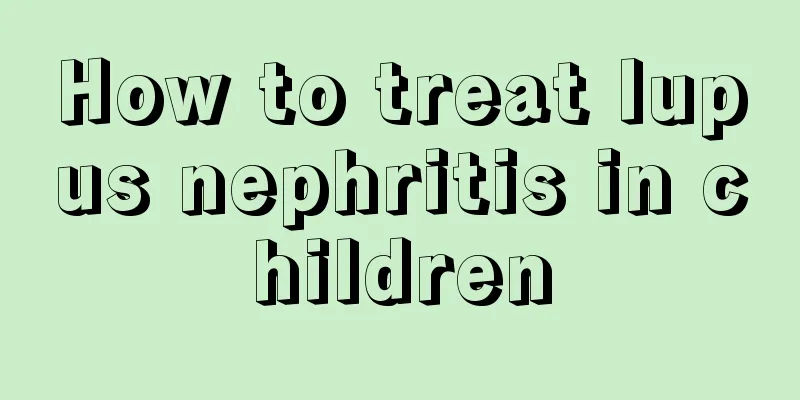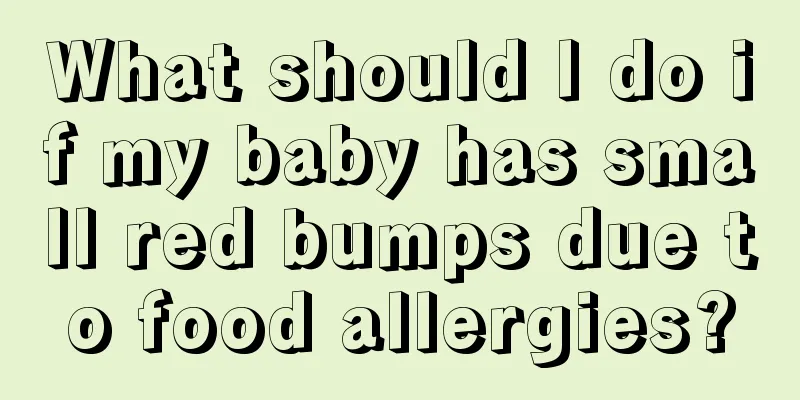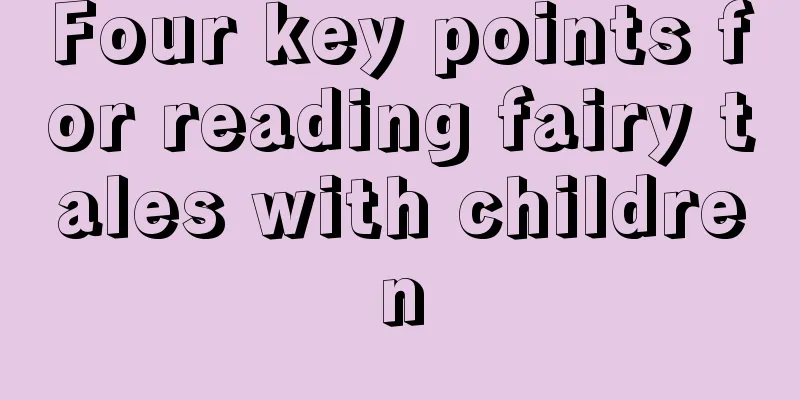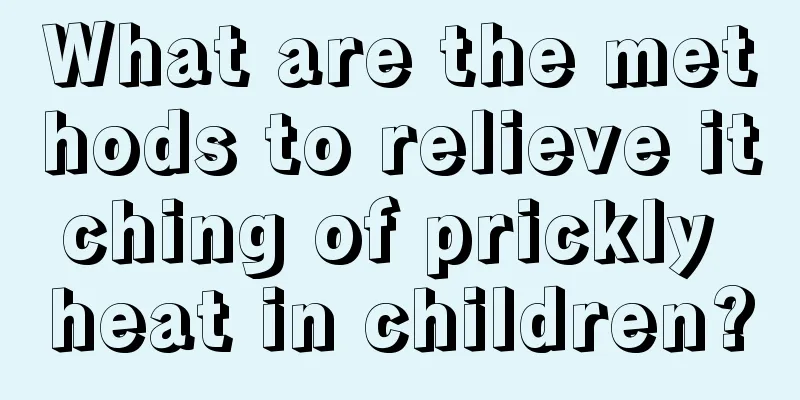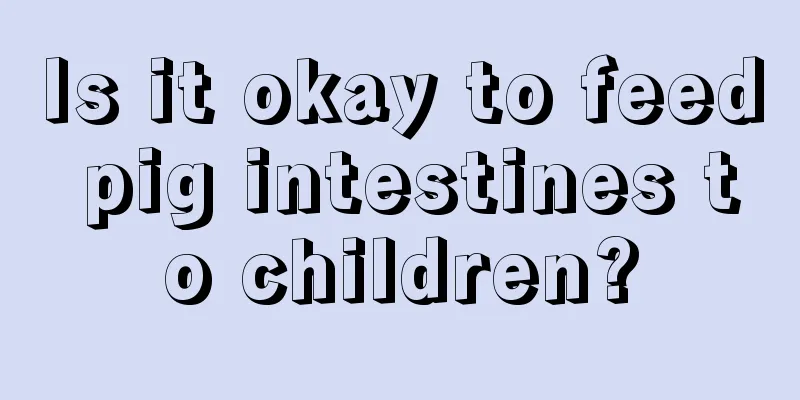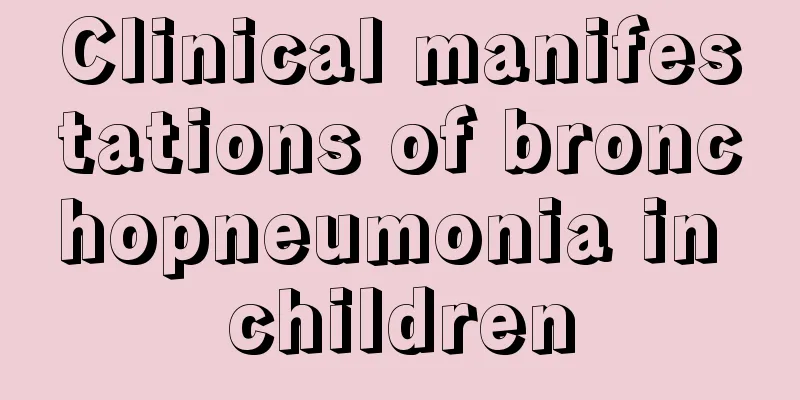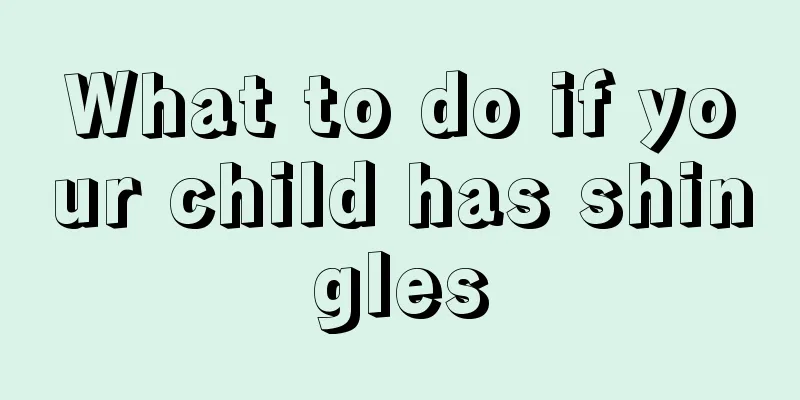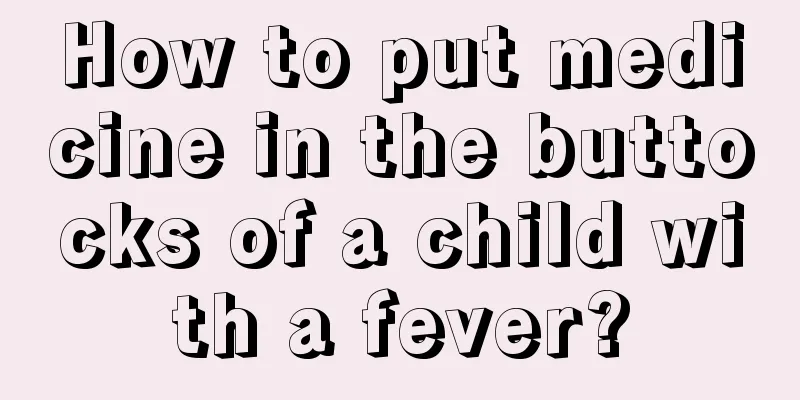What's going on when a child has a fever, a hot head, and cold hands and feet?
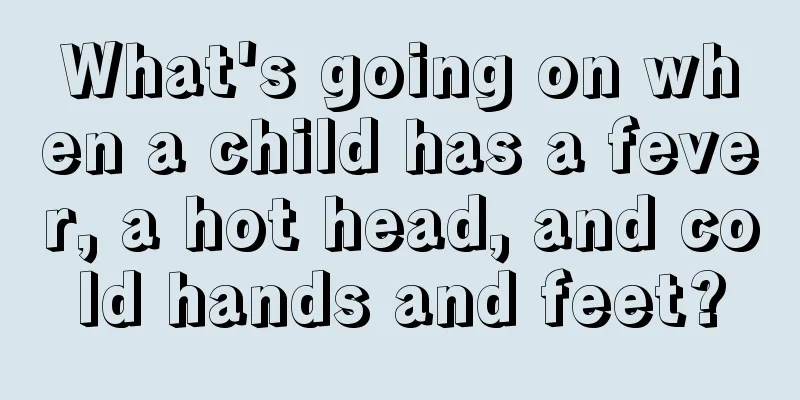
|
Children are very likely to be affected by diseases in life. For example, fever and colds are very common diseases for children. Some children may also have symptoms similar to colds. For example, fever, hot head, and cold hands and feet are common symptoms. So, what is going on when children have a fever, hot head, and cold hands and feet? Let's take a look at the explanation below. I hope everyone can understand it. Having a fever but cold hands and feet is a phenomenon of false cold and true heat, which is especially common in infants and young children under 3 years old. This is mainly because babies (especially infants) have less blood in their limbs than in their internal organs. Due to insufficient blood supply to their limbs, they are more likely to feel cold than adults. In addition, the baby's nervous system is not yet fully developed, and the autonomic nerves responsible for managing vasodilation and contraction are prone to disorder, causing the small blood vessels at the ends of the limbs to be in a spasmodic contraction state and become cold when the high fever first occurs.Ambient temperature Because children's central nervous system is not yet fully developed, their ability to regulate body temperature is imperfect. If the ambient temperature is low, children's hands will be exposed to the outside for a longer period of time, so their hands and feet will become cold.
When a child has a fever and his hands and feet are cold, adults think that the child is afraid of the cold and wrap him up in thick clothes. I thought that if I covered the child like this, the fever would be cured after he sweated. However, this approach is absolutely not feasible. This will make it difficult for the baby's body temperature to dissipate, which will not only easily cause the child's body temperature to become high or extremely high, but will also be detrimental to the child's recovery. It can also cause the child's central nervous system to be burned by high temperature. It will affect children's symptoms such as convulsions. The right approach When a child has a fever, adults should not be anxious. We should first know how high the child's fever is. If it is below 38.5℃, we should first cool the child down physically at home. How to do physical cooling? If the temperature exceeds this, we should rush to the hospital for treatment.
1. First of all, we can't wrap the child with thick clothes, we must make sure the clothes are loose. Reduce the amount of clothing on your child. This helps the child dissipate excess body heat. 2. Let your child drink more water, as drinking water helps regulate body temperature. Because the body temperature is too high during a fever, more water evaporates from the body than usual, so drinking more water can help regulate body temperature. |
<<: Why does my child's hands and feet keep shaking when sleeping?
>>: Can the baby be vaccinated if he has diarrhea?
Recommend
What causes hiccups in infants and young children?
The baby's body is very fragile, so once the ...
Reasons for a one and a half month old baby to spit up milk
It is very difficult to take care of babies when ...
At what age can babies eat pineapple?
Babies are different from adults. There are many ...
What should I do if my child has cervical dislocation?
Children's bodies are still in the process of...
Causes and treatment of duodenal obstruction in newborns
Newborns are often weak, so they often suffer fro...
If both parents are not tall, can the child grow taller?
During the growth stage of children, many parents...
What causes breast lumps in boys?
When it comes to breast disease, people usually t...
What should I eat for a two month old baby?
Many two-month-old babies do not have enough immu...
What should I do if my child has pulpitis?
The phenomenon of pulpitis in children is relativ...
Can sinusitis in children cause coughing?
Children are prone to sinusitis, so they need to ...
What's wrong with a one and a half year old baby suddenly having a fever?
Nowadays, every child is the treasure of the fami...
What should I do if my child has dry nose?
Children always have some problems, especially in...
Breast milk jaundice has not subsided after 5 months
Many babies experience jaundice after birth. This...
The dangers of sleeping with a flat head
Everything is for the children. This sentence has...
What should children eat to gain weight?
Children's thin physique not only affects the...
